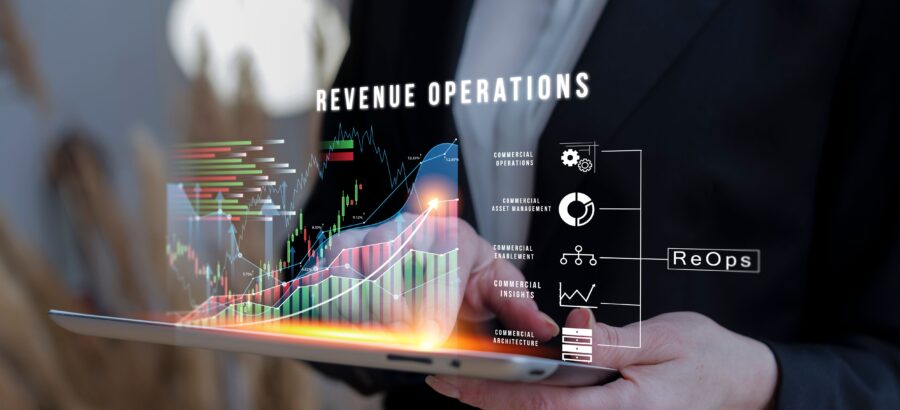Sales are the lifeline of any business and having a general idea of what to expect in the future will help in making informed decisions. Sales forecasting techniques (estimating how much your company plans to sell within a certain period like quarter or year) are the answer to predicting revenue.
There are several sales forecasting techniques that one can deploy, most of which are universally applicable to all businesses.
However, when it comes to predicting revenue that will not fail when it’s time to take count of stock, below are some of the best techniques that have been vetted for success.
But before that, here are key important takeaways.
5 key takeaways on Sales forecasting
- Sales forecasting can change in a flash. Sales are volatile and can be affected by a pandemic like the Covid-19, weather, or an economic crisis. When it happens, look to build and maintain the business relationships- internally and with customers.
- When doing sales forecasting, consider these 5 important questions.
- Who? Prospects.
- What? Solutions you plan to sell
- Where? Location of prospects
- Why? why is the prospect or customer interested in the new products?
- How? How is the prospect make buying decisions?
- Use negative forecasting to assess current business risks
- Sales forecasting goes beyond sales teams. It’s for everybody in the business
- Utilize technology to make your sales forecasting more accurate. That means old techniques are blown out of the water through new technology.
5 Surprisingly Accurate Sales Forecasting Techniques for Achieving Predictable Revenue
Here are 5 surprisingly accurate sales forecasting techniques for predictable revenue in 2022 and beyond.
Length of Sales Cycle Forecasting
This is a reliable technique because, for one, it is solely objective and your forecast isn’t dependent on an immanent factor like your reps’ gut told them that they shall close a deal or they are feeling good about a certain prospect. Secondly, it can be applied to a cut down of sales cycles, depending on the source.
For instance, a referral client might take two weeks, while a cold email outreach client might take three months. All these leads can be separated into various categories according to their source to give you a more exact outlook: forecast.
This method is most valuable for companies that scrupulously track how and when prospects enter the sales pipeline. So, your sales and marketing teams must be strongly aligned with each other.
Advantages
- It’s completely objective.
- It can be applied to various lead sources to give you a more accurate forecast.
Disadvantages
- The sales cycle can vary according to who you’re selling to. It will be shorter for SMBs and longer for enterprises.
- Your sales team should relentlessly track data. Even a small error can throw your predictions.
Lead-driven Forecasting
This technique involves analyzing each lead and assigning a value to them based on what other previous leads you have had in sales in the past.
You then create a forecast based on that source value. It is through assigning a value to each of your lead sources, you’ll be able to get a better sense of the probability of each lead that can turn into revenue-generating clients. For this method, you’ll need to have data on these metrics:
- Leads per month for the previous period.
- Lead to customer conversion rate by source.
- Average sales price by source.
Nonetheless, this data-driven forecasting is susceptible to changes. For example, if your marketing team changes its lead generation strategy to align with the latest trends, this can change the number of leads from different sources, which will, in turn, affect your lead to customer conversion rates.
Such varying end results can be controlled by making an update on the latest changes and by considering them when forecasting.
Advantage
- The lead value for each source gives you a more precise sales forecast.
Disadvantage
- Highly susceptible to variance as a result of multiple factors being involved.
Opportunity stage forecasting
Here, you take a look at where the prospect is in your pipeline and calculate the chances of the deal closing. Companies can break down their pipeline into various levels or categories; like prospecting, qualified, demo, quote, closing, and so on.
Generally, the further the prospect is down the pipeline, the better are the chances of closing the deal.
To implement this technique, you’ll need to analyze and understand your past performance so that you can get a good estimate of the rates of success for each stage of the pipeline.
Advantages
- The calculations are simple enough.
- This technique is highly objective.
Disadvantages
- It doesn’t take into account the characteristics of a deal like age, deal size, and so on.
- Inaccurate data can give you inaccurate sales forecasts.
Intuitive Forecasting
The intuitive forecasting method is based on the trust you have in your sales reps. You start by asking them how confident they are that their sale will close, and when. It factors in the opinion of the sales reps who are the ones closest to the prospects – they are most likely to know how things are going.
You can certainly see the downside of this method. It’s entirely subjective. The reps are naturally inclined to be optimistic and will likely offer generous estimates.
And there is no way to verify this assessment other than going through all the interactions between your sales rep and the client, which is just extra work.
Advantages
It’s a great way for newly founded companies who don’t have historic sales data to base their sales forecasts on.
Disadvantages
It’s highly subjective. Reps tend to be more optimistic about their chances with their opinions.
Test-Market Analysis Forecasting
With the help of this method, you can roll out your new product/service to a certain group of people based on their market segregation.
For instance, you can release the product to a limited, geographical area and see how it sells. This result is then studied and can be used to make an accurate forecast for the full release.
The Test-Market Analysis forecasting is useful for large companies who are rolling out a new product and would like to understand the market response, or a startup doing a soft launch to increase their brand awareness.
However, with this method, you should remember that not all markets are the same – what happens in one market might not happen elsewhere.
Advantage
- You get to learn the market response first hand and fix any issues before the final launch.
- Startups can give exclusive early access to their product. This exclusivity increases brand awareness and brings in an air of mystery making your product more desirable.
Disadvantage
- Releasing a beta version or doing a soft launch can be quite costly.
- Not all markets are the same.
Other methods of sales forecasting techniques include
- Historical forecasting.
- Multivariable analysis forecasting
Wrap up
Sales forecasting is important in helping every business make better business decisions. It helps in overall business planning, budgeting, and risk management.
Sales forecasting also helps businesses to estimate their costs and revenue accurately based on which they can predict their short-term and long-term performance.
The above techniques will help you elevate your business and assist you in forecasting your revenue in 2022 and even beyond that.







